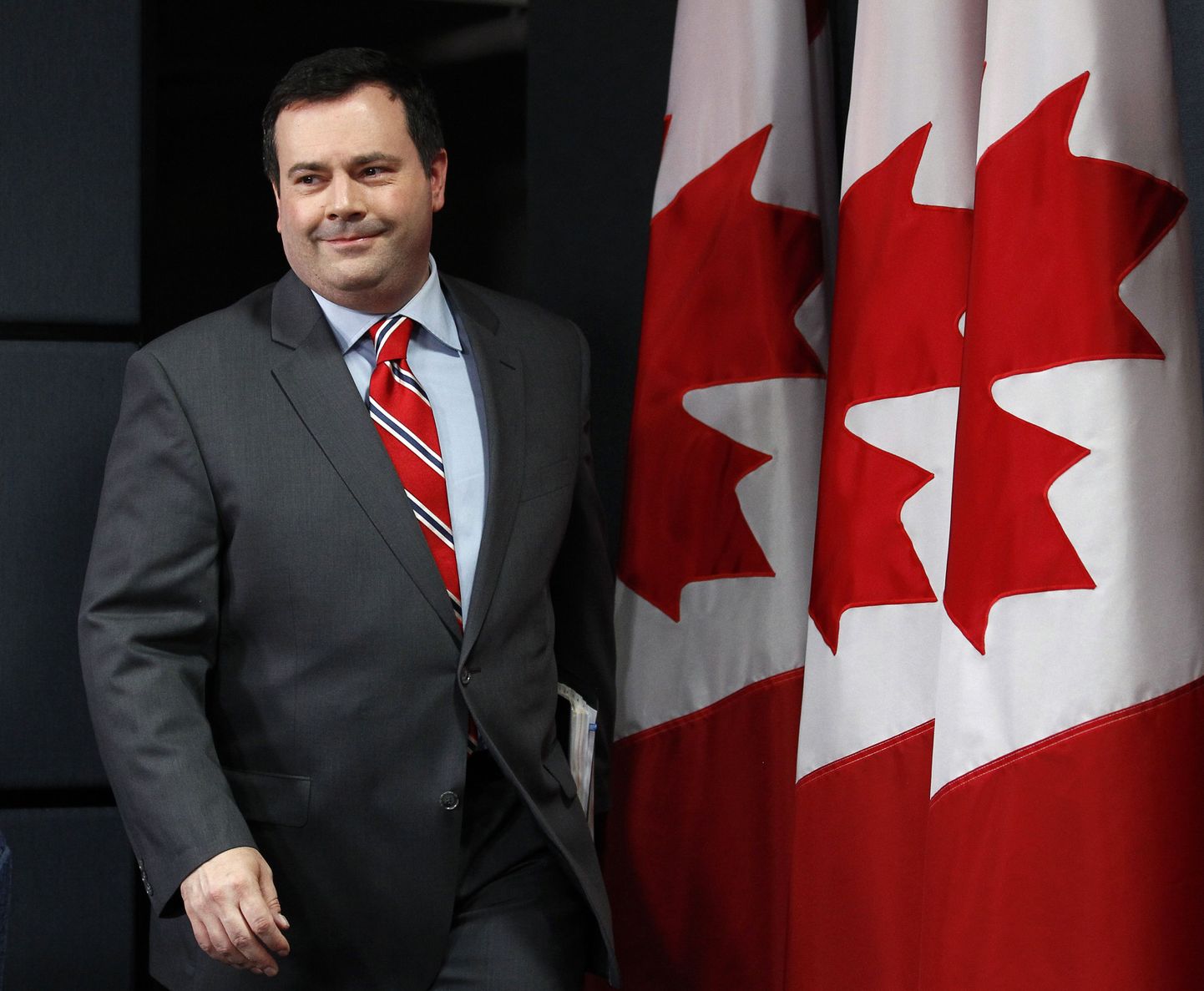
Meeting Estonian colleague Sven Mikser in Brussels yesterday, the fresh Canadian defence minister Jason Kenney specifically requested a yellow lapel ribbon symbolising demand to release Eston Kohver.

Meeting Estonian colleague Sven Mikser in Brussels yesterday, the fresh Canadian defence minister Jason Kenney specifically requested a yellow lapel ribbon symbolising demand to release Eston Kohver.
For Mr Kenney, the condition of Mr Kohver was of special interest. Of even greater interest for the official from Canada, a nation with a large Ukrainian community, was the situation in Ukraine – a land they have been abundantly supporting with non-lethal military equipment and finances. Also, they are proud to have sent their servicemen to instruct Ukrainian army.
The reason Mr Mikser and Mr Kenney met in Brussels was a convention of NATO defence ministers. This morning, Ukraine was on the official agenda. Yesterday, the talk was about the security of the alliance itself – as also largely triggered by the aggressiveness of Russia regarding a neighbour.
Among other issues, the 28-member alliance has been seriously tackling logistics. Meaning: in a critical moment, how do we get the specific units and equipment to where it is needed, on time?
Commander-in-Chief powers boosted
Regarding the right units, it is considered to add powers to NATO commander-in-chief in Europe. While the political decision regarding sending troops to any location remains securely with representatives of member states, the commander-in-chief which traditionally is an American – currently, General Philip Breedlove – should get added freedom regarding who and what will be sent.
Also to deal with logistics, six member states – Estonia, Latvia, Lithuania, Poland, Bulgaria, and Romania as the list currently goes – will feature national headquarters, to be approved by NATO by fall and fully operational starting January 1st 2016, latest.
Primarily, these centres will be tasked with taking care of allied soldiers increasingly involved in exercises in the nations named. This will mean accommodation, maps for transportation in any weather etc.
«Mainly, these will be staffed with local servicemen who speak the language and know local conditions,» a NATO official commented to journalists. «The tempo of launching the centres is for member states to set.»
As for Estonia, we held our opening ceremony about a week ago – the fastest of the pack and thus far the first to arrive at the milestone.
Next to locals, the Tallinn centre receives input by servicemen from USA, Holland, Canada, Norway, Poland, France, Germany, the UK, and Hungary. Remarkable, at that, is the participation of France for which this is the only headquarters to be involved with – a nation of a generally careful approach. Probably, this is to reflect Estonia’s rather significant contribution to two missions dear to Paris: Central African Republic, and Mali.
Allegedly, three additional easternmost states of NATO are interested in like headquarters. Slovakia, Hungary and Greece have been mentioned.
Tech tough to transport
In addition to logistics, the new NATO plans come with legal hurdles in various nations. Should NATO feel, in case of hybrid attack type disturbances in some member state, that time is ripe to send troops in for high alert exercises, permits to cross state borders with military technology and equipment may be time-consuming to obtain.
Often, even allied states closely related will not just let the military technology of others over the borderlines. Alas, at times neutral nations might have to be passed to make a bee-line, such as Switzerland or Austria.
Thus, preliminary placement of equipment, as announced by US defence secretary Ashton Carter while in Tallinn, is of significant logistical advantage – rotating US training units can be flown to the location, pick up the equipment, carry out the exercises, and leave it behind when flown back, underlined US Ambassador at NATO Douglas Lute, at press conference.
The prepositioning of US equipment was also substantiated by NATO secretary-general Jens Stoltenberg. «These are heavy weapons for exercises. Last fall, we decided to increase the amount of our exercises as we will need to boost the preparation and preparedness of our troops,» said Mr Stoltenberg, asked if that would not serve to provoke Russia. «And I welcome the US decision, both to pre-place equipment and to offer key capabilities – such as aerial refuelling, special forces and air transport.»